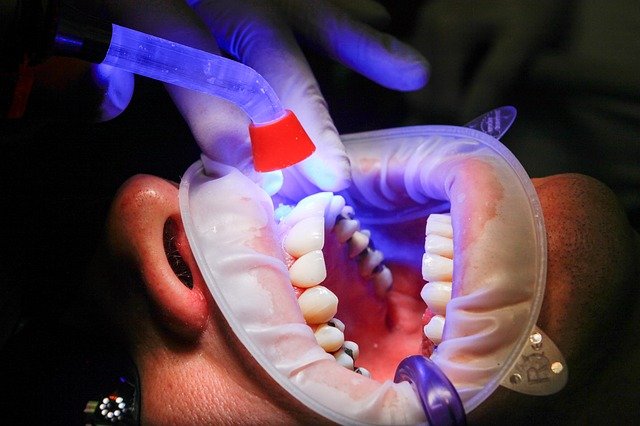Is It Bad To Whiten Your Teeth?
Teeth whitening is a common and relatively economical method that improves the appearance of discoloring teeth. The safest effective treatment will come from your dentist. Over-the-counter medication may be more harmful, more expensive, and less reliable than traditional medicine.
Is Teeth Whitening Safe?
Your registered dentist will make sure that you wear protective goggles and use foams and protective pads to prevent dental implants when undergoing surgical procedures. For take-home treatments, you may bring home a tray for you to take home. These trays are specifically designed to minimize contact between whitening products and gums that could cause discomfort. In the extremely unlikely case of an emergency or allergic reaction a trained patient can assist promptly and calmly. For further information regarding getting teeth cleaned by a cosmetic dentist, visit here.
When does a person need teeth whitening?
No teeth whitening is recommended on teeth with veneers and fillings. Whitenings are also provided by unqualified specialists such as beauty salons. Only registered dental practitioners need to assess the safety and quality of bleaching to identify the best technique/material and to provide suitable treatment. When your gums and teeth need to be cleaned to see if teeth whitening can be effective, it is best to seek medical guidance from the dentist.
What Happens During Teeth Whitening Treatment?

For in-chair whitening, your dentist will also put a rubber block or a gel on your gums. This protects them from chlorine bleach. Some treatments can also consist of the use of a light or laser to activate the bleaching product. You could also receive taken-home treatments and products from your dentist separately from or alongside these during your procedure. As oxygen enters your teeth’ enamel, stains are removed leaving you a clearer smile. Depending on your dentist’s instructions and specifications this whitening treatment may normally be done in three-four weeks.
What are the differences between whitening teeth at home and a dental office?
If you are not properly qualified at whitening teeth you risk-averse health consequences. Products purchased over the counter often contain a weaker bleaching agent than the professional tooth whitening products your dentist uses. The custom-made tray is not one size fits all and may not be perfectly fitting. Most store-bought merchandise is one size fits all.
Does whitening of teeth hurt?
The discomfort experienced vary from person to person and may vary depending on the treatment. During the treatment period, some adults have very mild discomfort which continues for about 1-6 days during the first session. It’s usually managed through prescription painkillers such as OxyContin. Your dentist can even order you to use gel fluoride in your toothpaste that reduces tooth sensitivity.
Who can’t have teeth whitening treatment?
This is not recommended for pregnant or lactating women due to its potential effects on health resulting in tooth bleaching. If you are having receding gum lines you could be at risk of tooth sensitivity. Cavities are needed before teeth whitening treatments but if you have damaged or worn enamel it is important to consult with your dentist for the best solution. It’s also not recommended that the product be given to someone allergic to peroxide. It is also not recommended that pregnant women whiten their teeth.
Are there any risks with teeth whitening?
Side effects of teeth whitening include tooth sensitivity and discomfort around the jaws and tongue. A possible overwriting may be necessary due to the translucency in the skin that could show grey from the shadow of the mouth. This is rare and only applies if thinning is over-extended. Take-home whitening poses a small risk for absorbing the administered gel which can lead to nausea burning and vomiting. This chance is slim and the teeth-whitening tray should fit comfortably around your teeth.
